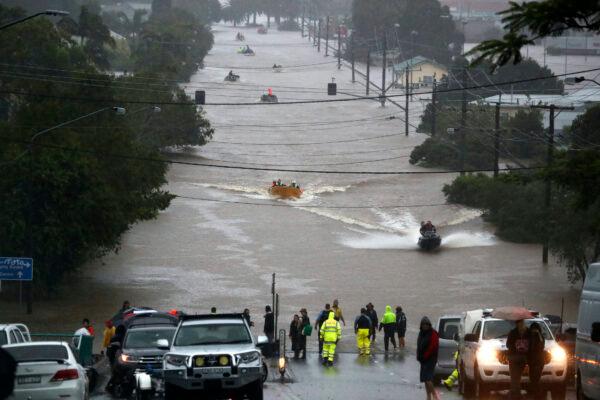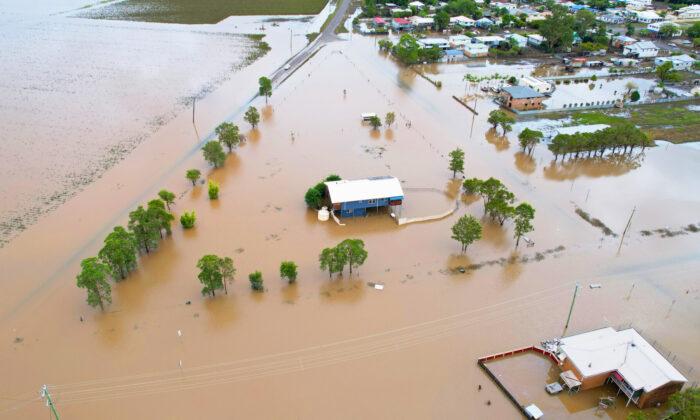Oyster farmers in New South Wales (NSW) have rescued three million baby oysters—each the size of a grain of sand—from catastrophic floods that have inundated northern NSW and Queensland since January.
The farmers on the Macleay River, a major river in NSW, received the oysters just days before the floods, but heavy rains acidified the water, which can be lethal to oysters.
As oyster shells are made of calcium, the acid can dissolve their shells or prevent the baby oysters from forming shells.
The water condition was also not salty enough for the oysters.
“They need saltwater to survive. The little ones won’t survive in that sort of water,” farmer Todd Graham told AAP.
Graham and another oyster farmer drove the oysters an hour away to a nearby creek to keep them alive, but only after they were delivered to the National Marine Science Centre at Coffs Harbour, which has direct access to the ocean, could the farmers rest easy.

The centre’s aquaculture operations manager Stephan Soule who stepped in, said they had the capacity and were happy to help.
“The waters were getting very diluted, and obviously, they needed to move their oysters out of that environment,” Soule said.
“They‘ll get a bit of TLC over the next couple of weeks, and hopefully, the Macleay will clear up, and they’ll be able to be returned back to the estuary.”
NSW oyster industry has had a tough two years with significant bushfires and floods impacting the water quality.
Lobster and abalone exports declined by 45 percent between January-June 2020, compared with the five-year average for the same period, according to a fisheries research and development report.
Graham said that while the current floods would take years for farmers to recover, he felt blessed that the three million oysters could be saved.
“We most probably would have lost them all if we'd have kept them in the river,” Graham said.





